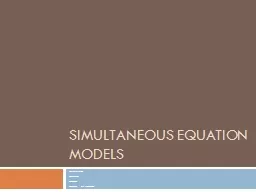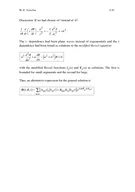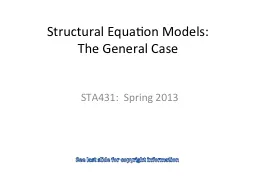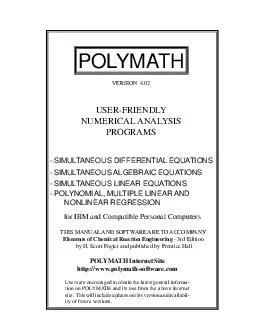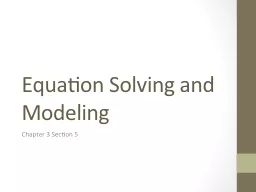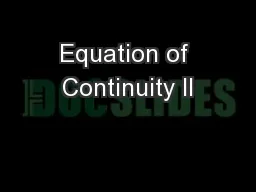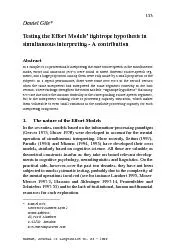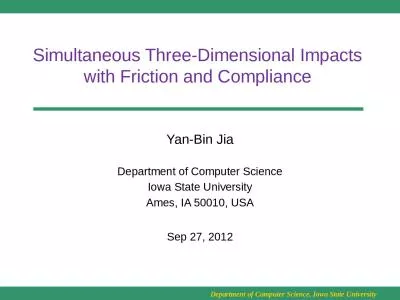PPT-SIMULTANEOUS EQUATION MODELS
Author : cheryl-pisano | Published Date : 2016-07-13
ECONOMETRICS DARMANTO STATISTICS UNIVERSITY OF BRAWIJAYA PREFACE In contrast to singleequation models in simultaneousequation models more than one dependent or
Presentation Embed Code
Download Presentation
Download Presentation The PPT/PDF document "SIMULTANEOUS EQUATION MODELS" is the property of its rightful owner. Permission is granted to download and print the materials on this website for personal, non-commercial use only, and to display it on your personal computer provided you do not modify the materials and that you retain all copyright notices contained in the materials. By downloading content from our website, you accept the terms of this agreement.
SIMULTANEOUS EQUATION MODELS: Transcript
Download Rules Of Document
"SIMULTANEOUS EQUATION MODELS"The content belongs to its owner. You may download and print it for personal use, without modification, and keep all copyright notices. By downloading, you agree to these terms.
Related Documents

